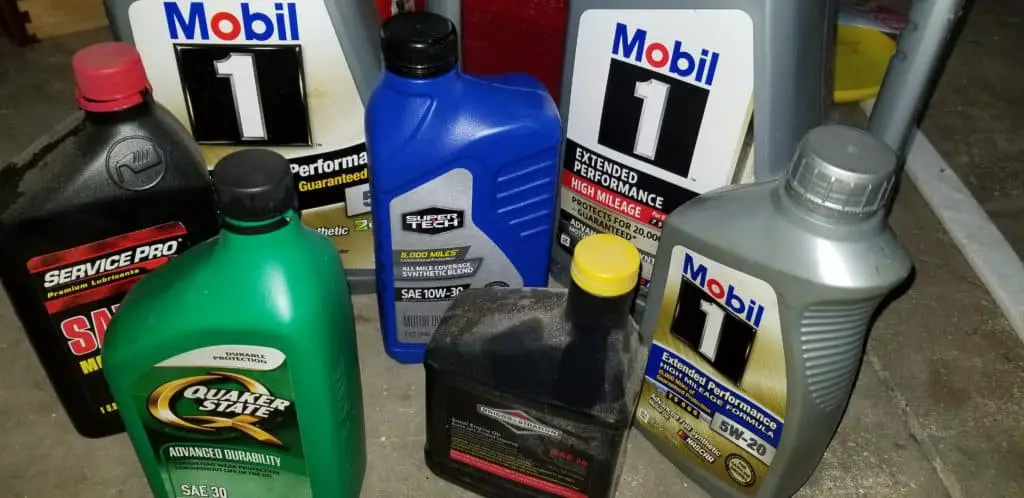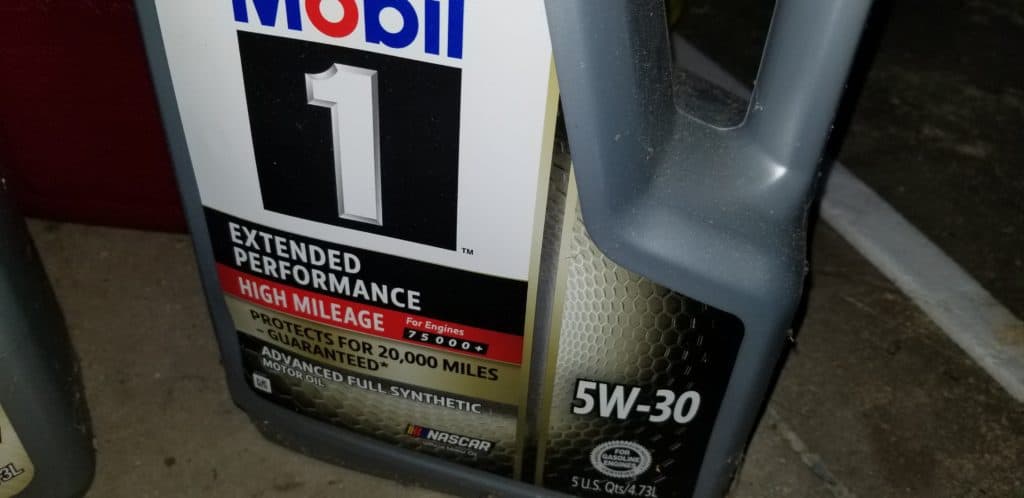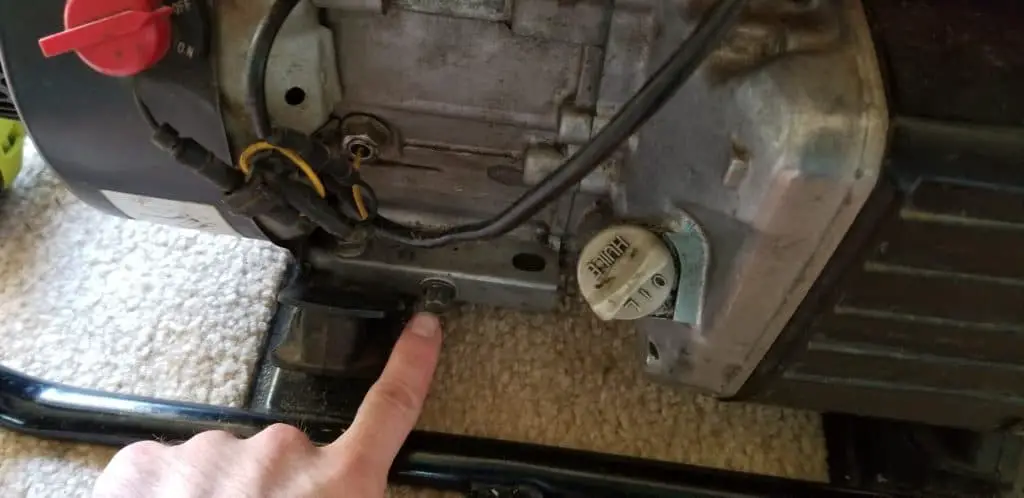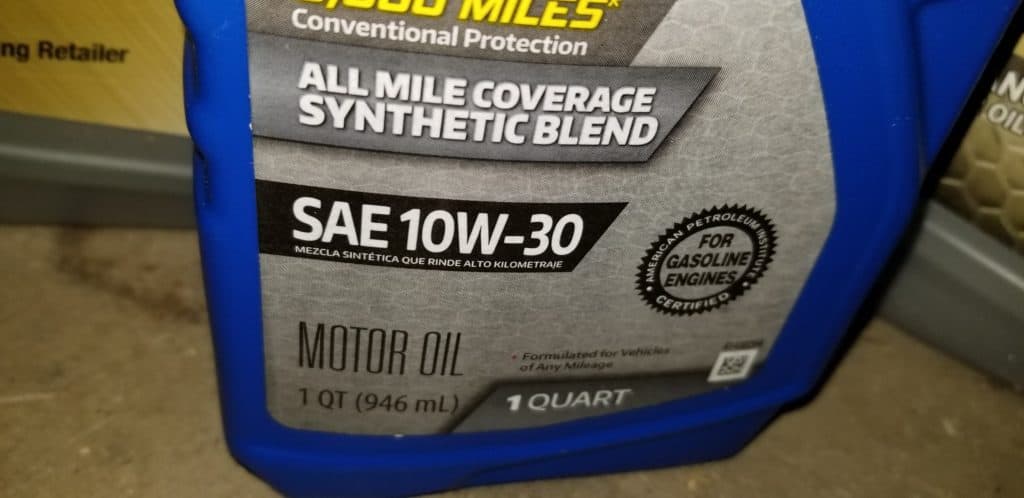There’s nothing I can really say as a “hook” in this intro to get you more interested in reading about your generator and the properties of the oil that goes into it, so I’ll just skip that typical blogging tactic and get straight to the point.
Let’s go over the what type of oil you should use in your generator, if synthetic oil is safe to use, the best oil for hot and cold climates, and how often you should change your generator’s oil.
As a general rule, synthetic 5W-30 oil is the best option for most portable generators in most climates. This oil will work well at temperatures as low as -22°F and just as well at temperatures up to 95°F (-30°C to 35°C).
| Best Generator Engine Oils | Temps (°F) | Notes |
|---|---|---|
| Synthetic 5W-30 | -22 to 95 | Overall the most versatile option for most climates in the USA |
| Synthetic 10W-30 | -13 to 95 | Will work in most places in the USA except the northern most states in the winter |
| SAE 30 | 40 to 95 | Best to use only in the southern most states where starting temps will not be below 40 degrees |
What Kind of Oil Does a Generator Take
Most household portable generators will be designed to run on an oil that has a viscosity rating of 30 when at operating temperatures. SAE 30, 5W-30, and 10W-30 would all fall under this category (along with others).
Oil ratings have either a single viscosity rating or two. Let’s briefly cover what the oil ratings mean.
If it has a single rating, like SAE30, then the viscosity is for operating temperatures only.
If it has two ratings (multi grade oil), like 5W-30 and 10W-30, then the first number is the winter (“W”) viscosity rating for when it is at cold temperatures, and the second number is the viscosity that the oil has at operating temperatures (210° Fahrenheit).
SAE 30 should only be used in your generator if you are not going to be using it in freezing temperatures (or even temps just above freezing from my experience). If you’ve ever tried to start a lawn mower in your garage during the winter, you know what I mean. SAE 30 oil is NOT designed to lubricate your engine properly at these temps and will thicken up too much in freezing temps.

SAE30 would be a perfectly acceptable option in the southern United States where you won’t be starting the engine below 50 degrees Fahrenheit.
Oil with the 5W-30 rating is my personal favorite and has the most versatile operating temperature window.
5W-30 can be used as low as -22°F and up to 95°F, with some sources saying it can go a bit higher as well. 5W-30 is the best choice for nearly every climate in the contiguous United States.
This is the oil I’ve been using for the last 7 years and have conducted monthly tests on my generators since I got into fixing them up as a side hustle. I have had no issues with 5W-30 oil in temps as low as -15°F and as high as 95°F from my own personal experience.

Many manuals will say to use 10W-30, but you can still use 5W-30 if you are so inclined.
Oil with a 10W-30 rating has a slightly smaller window in which to operate when compared to 5W-30.
You can use 10W-30 as low as -25°C and up to 35°C (-13°F to 95°F). For most areas — especially temperate ones — this oil would be perfectly acceptable.
How Often Should Generator Oil Be Changed
Generally, it is best to change the oil on a brand new generator after an hour of use and then again after 4 hours of use. This will remove any metal shavings as the engine parts mate together. After the engine is broken in, oil changes every 25 hours of use are recommended.
When you buy a brand new generator, the pistons have not yet “mated” perfectly with the inside of the cylinder, and the other moving parts inside the crank case have not yet had a chance to “break in” under operating temperatures.
I recommend using conventional oil (much cheaper) for this process and getting the process over before you actually need the generator in a storm. If it’s warm out, you can run conventional SAE30, 5W-30 or 10W-30.
Go ahead and fill to the recommended amount and run your generator for an hour with a light load.

When that is done and while the engine is still warm, go ahead and drain the oil and refill with conventional oil again. Run the generator again for 2-4 hours under a light to moderate load.
Again, drain the used oil when it is warm and refill with synthetic 5W-30 oil. You are now ready for the next power outage!
The reason we change the oil at first is because there will be metal shavings in your oil as the engine parts move and mate together. Go ahead and run a strong magnet through the used oil if you don’t believe me. In fact, you’ll likely be able to see them in the oil since it won’t be that dirty.
The last thing we want is to get a brand new generator, fill it with synthetic 5W-30 engine oil, and not use the generator until the first storm where we lose the power for 2 days.
You run the risk of those metal shavings getting splashed up along the cylinder walls and having the piston come down and getting it wedged in between. This little shaving will then start cutting a groove in your cylinder wall as the piston moves up and down at 3600 RPMs.
If that metal shaving cuts a groove in your cylinder wall, you will lose generator power, experience engine blowby, and significantly decrease the usable lifespan of your generator (among other things).
Can I Use Synthetic Oil in My Generator
I HIGHLY recommend using nothing but synthetic oil in your portable generator except during the break in process where you’ll be changing the oil a few times after only a few hours of run time. I only say this for cost savings, but if money isn’t a problem, go ahead and run synthetic during the break-in process as well.
Synthetic oil is more expensive. Significantly more expensive. However, most generators don’t take as much oil as car so you will get a few oil changes out of a 5 Quart jug (4.71L).
This is the EXACT oil that I use exclusively in all of my small engines and generators (Amazon).
Synthetic oils resist breaking down under heat and load and will last much longer than conventional oil.
The oil will flow easier in freezing temps which will protect your engine from premature wear.

Because it lasts longer, you can technically go longer in between oil changes. If the oil says “Protects up to 20,000 miles”, I still don’t let it run that long in my car. I typically change the oil after 10,000 and change the filter twice during that time. I’m still a little old school from when you used to change the oil and filter every 3,000 miles.
As far as running synthetic oil for longer in generators, I haven’t needed to use any one of them for over 20 hours so I cannot comment on whether or not you should still change them after 20-25 hours when using synthetic or if you can go longer.
My hunch is that the engine oil is still perfectly good to use for longer but you should still follow your service manual’s scheduled maintenance program.
Finally, synthetic oil has a higher resistance to contamination and will decrease the amount of sludge and deposits in your engine.
Best Generator Oil for Hot Weather
As a general rule, the best oil for hot weather in a portable generator is synthetic 5W-30 for temperatures up to 95°F (35°C). Temperatures that exceed 95°F will likely result in the generator experiencing running issues since it is air cooled and cannot release its heat fast enough in those temperatures.
Best Generator Oil for Cold Weather
As a general rule, the best oil for cold weather in a portable generator is synthetic 5W-30 for temperatures as low as -22°F (-30°C). For even colder climates, the best oil for temperatures between -22°F and -40°F (-30°C to -40°C) is synthetic 0W-30.
